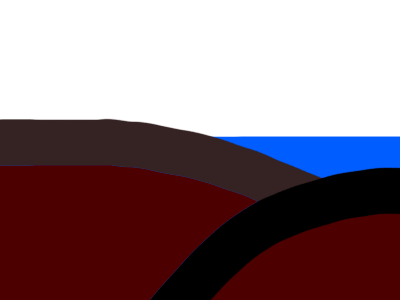About the earthquake
March 11, 2011 - At 14:46 Japan Standard Time, a magnitude 9.0 earthquake occurred 130 km east southeast of the Oga peninsula on the Sanriku coastline, at a depth of 24km.
This earthquake was the biggest ever recorded in Japan, with a seismic intensity of 7 in northern Miyagi prefecture, 6+ in Fukushima and Ibaraki prefecture, and 2~3 as far away as the Kansai region (western Japan).
In March 2011 there were two aftershocks with an intensity of 6+ and 6-, 23 aftershocks with an intensity of 5, and 135 aftershocks with an intensity of 4.
This very large earthquake produced a tsunamithat led to a major nuclear plant incident.
This was amegathrust earthquake , a very large type of earthquake that occurs in a subduction zone.
Tectonic plates make up earth’s outer crust, and the islands of Japan sit atop four of these plates.
The plates move slowly and push up and grind against each other.
Earthquakes such as the deadly temblor that struck Japan on March 11 occur when the stresses that build up over the years at the plate boundaries are suddenly released .

(↑image)
Subduction zone earthquakes can be ①extremely powerful and ②produce dangerous tsunami.
In the Tohoku region alone, some 500,000 people were directly impacted by the 2011 earthquake and tsunami. And according to the website of the Japan Cabinet (the executive branch of the Japanese government) and documents provided by Comyutan Fukushima (a non-governmental organization) 44,000 people are still living in temporary housing.
 previous page Great East Japan earthquake←
previous page Great East Japan earthquake←
